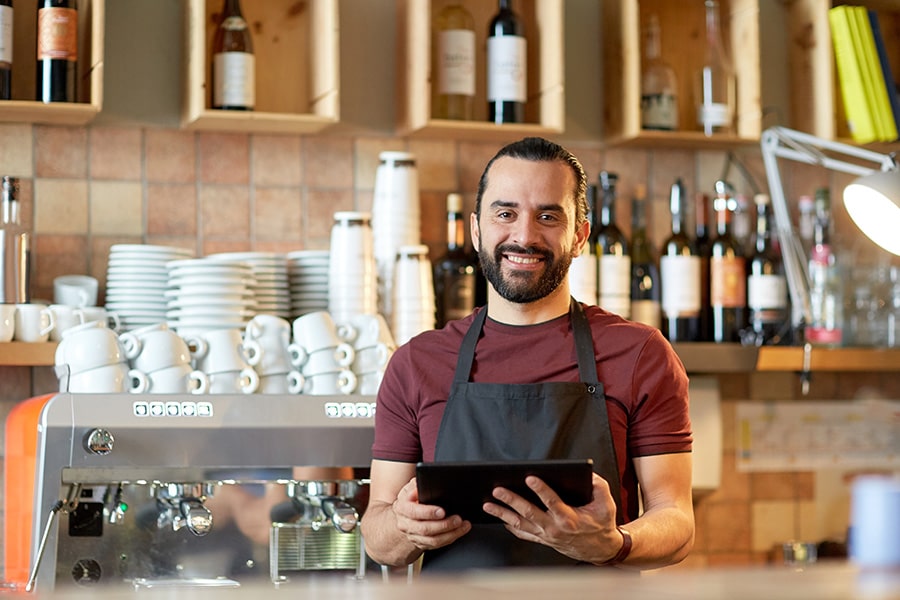Initial Capital
Having a general idea of costs to start a business can help restaurateurs source the necessary funds to launch their new business. Small business loans, private investments and equity firms are a few types of funding.
Many restaurateurs also seek partners to split the upfront cost. Typically, partners desire an active role in decision-making to ensure the profitability of their investment. Crowdfunding has also become a popular choice recently, which draws in the support of local consumers. To see your options when it comes to raising investments, see our Finance Funding for Small Business.
Land acquisition, location improvement and kitchen equipment consumes a large portion of the initial capital. According to a survey by RestaurantOwner.com, the average cost of construction for a new restaurant is $279,807, or roughly 47% of the total budget.
Moving into a former restaurant space rather than creating one from the ground up can reduce the startup cost by more than half. Doing so also reduces the risk of construction complications, which can lead to a postponed grand opening. Depending on your restaurant’s location and city ordinances, alcohol permits are sometimes grandfathered in and remain intact with the location.
If you’re leasing the restaurant’s location, consider the costs of the security deposit, first month’s rent and first month’s utilities as part of initial capital. Rent can range between $3,000 to $12,000 per month, based on location and square footage. The combination of taxes, permits, insurance and building-related costs are considered part of the occupancy cost not including rent. These expenses add upward of $15,000.
Also consider the cost of furniture, such as tables, chairs and decor, which costs around $40,000. Dishes, utensils and kitchen and bar equipment can easily add up to $80,000. Select tableware and dishes that are durable to avoid replacing them often.
Consumers often choose restaurants based on ambiance and the overall dining experience. Hire an interior design or consulting group to select the appropriate decor aesthetic, and allow them to design an inviting space that encourages loyal clientele.
Going the mobile route? Food trucks are an excellent opportunity for restaurateurs to launch a concept at comparatively minimal startup costs. Food trucks can range anywhere from $30,000 to $250,000. Startup costs and overhead are typically lower than a traditional brick-and-mortar restaurant, but can still provide an equivalent level of profitability.












